The tradition of drinking to excess on Purim is problematic, because Jews are not exempt from alcoholism
By RABBI SHARON STIEFEL
Every Jewish holiday has its associations. When we think of Purim, we think of hearing the megilla reading — the Book of Esther — making noise at Haman’s name, sending gifts to one another of mishloach manot, and sending gifts to the needy — matanot l’evyonim.
But there is one association with Purim that is problematic — that of ad d’lo yada, literally translated “as until one does not know,” in reference to the drinking of alcoholic beverages until one cannot tell the difference between arur Haman and baruch Mordechai, “cursed is Haman” and “blessed is Mordechai” (Megillah 7b).
In the past this may have been seen as a joyous custom. Let’s celebrate with wine or liquor! After all, Purim is a joyous time to commemorate the near escape from annihilation. In Yiddish, we wish each other a freiliche Purim! A happy Purim. We post signs that say: Mi shenichnas Adar marbin b’simcha. Be Happy, it’s Adar! Purim is Coming.
The month of Purim is about happiness. There is not necessarily a problem with drinking alcohol on Purim or, for that matter, on Shabbat or Jewish holidays. The problem arises when these addictive substances are partaken in excess.
We all strive to find ways to embrace Judaism. In this day and age, rabbis struggle with ways to encourage all of us to take our Judaism seriously. But here is one place in the tradition we can stand not to take too seriously. In spite of the popular myth that because wine is so central to celebrations we Jews know how to drink, Jews are not exempt from addictions.
In fact, alcohol and substance abuse are as prevalent in the Jewish populations as in the general population. Much has been written about addictions and Jews, and groups like the Jewish Recovery Network in the Twin Cities exist as places Jews can come together to find support in a Jewish context. Parents of addicted teens and young adults are reaching out to other parents to offer support and education.
Drinking until one does not know the difference between two diametrically opposite things — be it Mordechai and Haman, or anything else — is dangerous. Requiring someone to get so drunk on the day of Purim can easily set a precedent for heavy drinking. Is there an assumption that only once a year one will go into this stupor? There are no guarantees that this — and other drinking at Jewish events — couldn’t lead to alcoholism. What of safety? There are no work restrictions on Purim. By driving to shul or to a seuda, a festive meal on Purim, there is the danger that an impaired driver might harm herself or himself, or others.
There is a story from the Fall 2007 B’nai B’rith Magazine of a group of young men coming to a rabbi’s house intoxicated on Purim. Although the rabbi’s wife confiscated their car keys, one of the young men became defiant. He grabbed his own keys, took his car and was killed in a car accident. An easily preventable tragedy from performing a mitzva?
In some circles, it is precisely the time surrounding Purim to promote alcohol education. Purim gives us the perfect context to recognize and treat addiction. We can talk about the compatibility of Judaism and 12-step programs. We can ponder the shame and denial that many Jews feel because any sign of drug or alcohol abuse might be seen as a shanda, an embarrassment. And we can really unearth what the Talmud meant about drinking so much we don’t know the difference between Haman and Mordechai.
As with most things in the Talmud, there is controversy. Is the mitzva of drinking to get rip-roaring drunk? Or is the drinking so one gets just to the point one does not know the difference between the villain and the hero, and then stop? Even within the Talmud there exists a story that follows the commandment of ad d’lo yada, which some say refutes the opinion that one should get drunk on Purim. Furthermore, there are those that say that there are non-alcoholic ways to observe the mitzva. Why not take a nap? Surely when one is sleeping one does not know the difference between Mordechai and Haman.
Adults model modes of Jewish expression for the children in their midst. We need to ask ourselves, What is it we want to communicate about Purim? Surely, that we can have a good time, poke fun at ourselves, be generous with our community and those in need, and celebrate our survival. We don’t need to model that one has to either drink on Purim or drink to excess.
Alcohol is not the focus of the holiday, merely one means to an end. For some, alcohol can be contained. For others, because of age or addiction, it is off limits. The intent of the holiday is not to facilitate harm to oneself or others. Let’s celebrate this year with these goals in mind.
***
Rabbi Sharon Stiefel is Jewish education director at the St. Paul JCC.
(American Jewish World, 2.19.10)









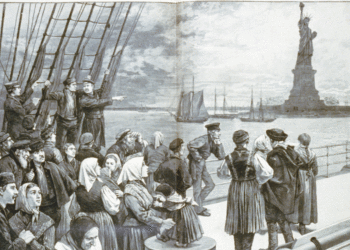
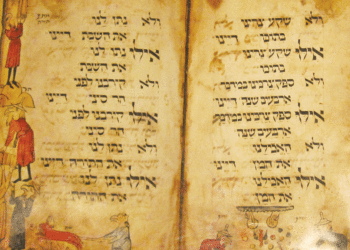

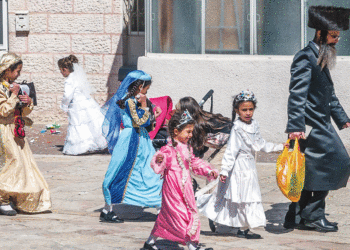
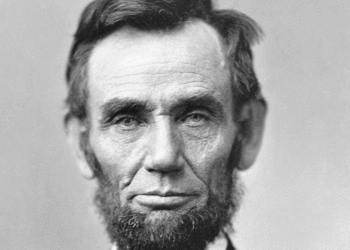
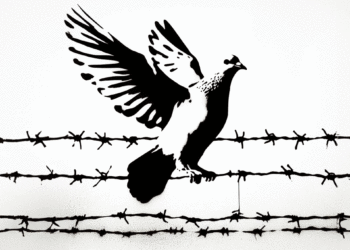





Comments 0